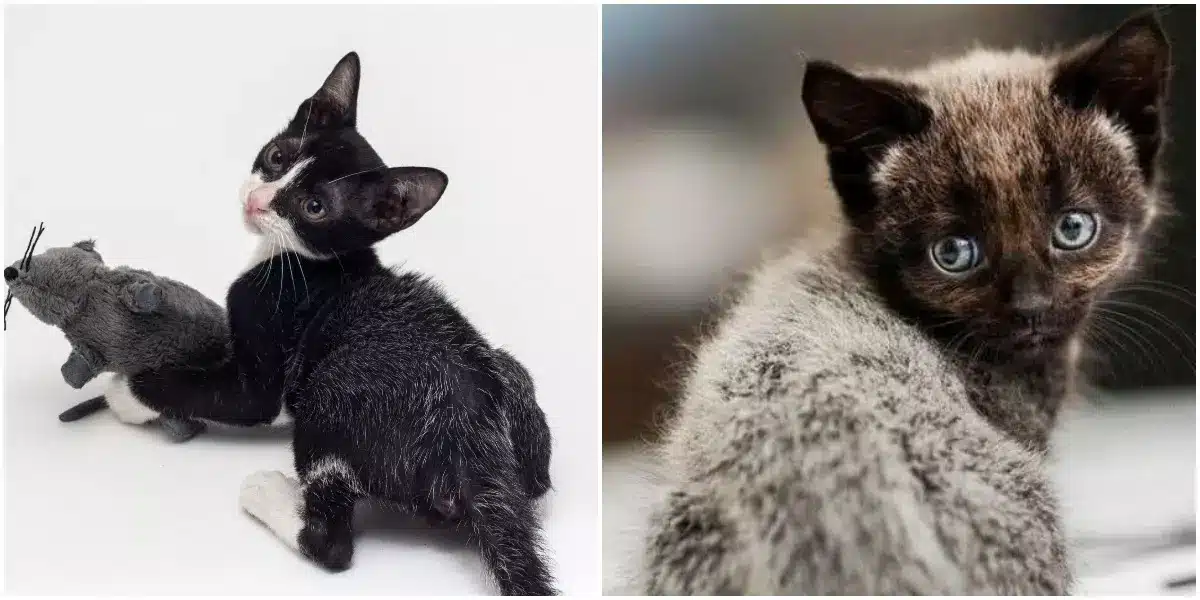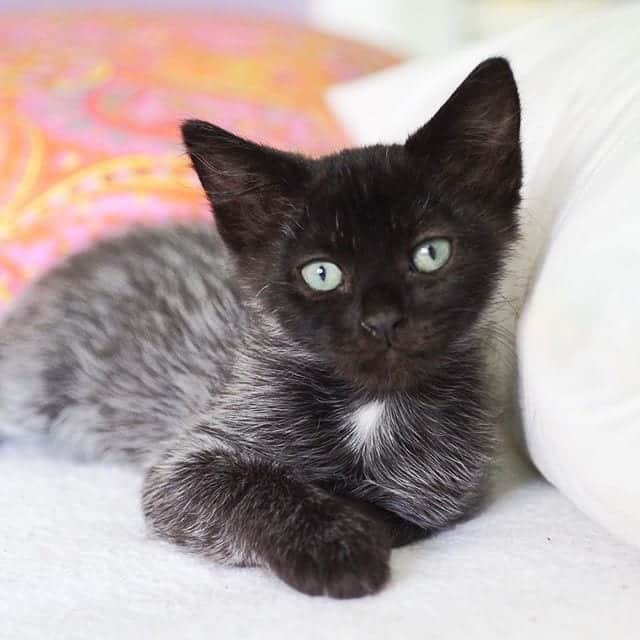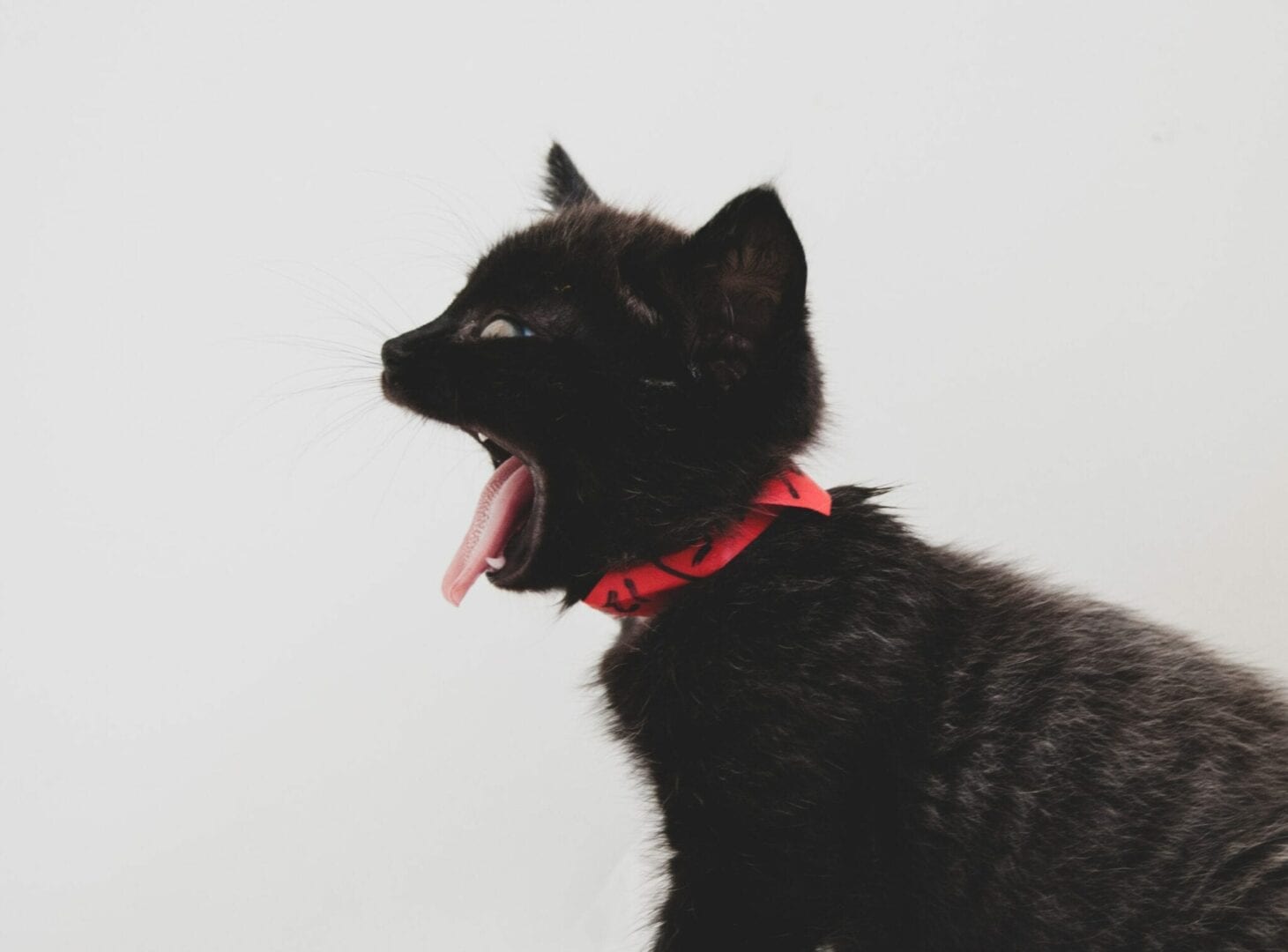Fever Coat in Kittens Explained: Causes, Colors, and Care
Have you ever seen a color-changing kitten? The phenomenon is known as “fever coat” or “stress coat.” This condition occurs in kittens born to mothers who experienced fever-inducing infections or extreme stress during their pregnancy. The elevated temperature in the womb results in kittens with unique coat colors that deviate from what might be expected based on their breed.
What Is Fever Coat?
A fever coat typically manifests in kittens who are born either entirely white, silver, or reddish with an underlying ghost pattern indicating their future appearance. This happens because the pigmented fur fails to develop properly under the elevated temperatures within the mother’s womb. Examples include:
– An orange tabby appearing cream-colored.
– A black kitten showing silvery hues with black flecks or patches.
Interestingly, fever coat patterns are often mistaken for standard breed colors; however, they are temporary and usually fade away as the kittens mature, transitioning to their true colors within four to eight months.
The Different Kinds of Fever Coats
Identifying fever coat can be tricky, as it can easily be confused with normal variations found in certain breeds. Here are some common manifestations of fever coat:
All-Over Color:
– Kittens often appear completely white or in soft hues, but hinting at the adult pattern beneath.
Color Patches:
– Some kittens may exhibit a blend of fever coat and their eventual normal colors. For instance:
– A brown tabby may have a typical head and paws yet a fever-colored body.
– The tips of the fur may display more natural color, creating a unique look.
Dorsal Stripes:
– Rarely, kittens can develop dorsal stripes that mimic the tabby pattern, giving black kittens a distinct appearance similar to skunks. These stripes can fade as the adult coat emerges.
Color-Points:
– Unlike the distinct points typical in breeds like Siamese, fever coats are the result of higher temperatures in utero. Kittens may be born solid cream, with color developing only on the cooler points of their body, such as the ears, paws, and tail.
It’s important to note that while a fever coat indicates potential issues during pregnancy, most kittens displaying this condition are generally healthy. They provide a wonderful opportunity for unique kitten photos and create delightful stories to share!
Conclusion
Understanding the phenomenon of fever coat in kittens can help cat owners appreciate the complexities of feline genetics and the impact of prenatal health on appearance. If you have questions regarding your kitten’s coat or health, consulting with a veterinarian is always a smart choice.








Facebook Comments